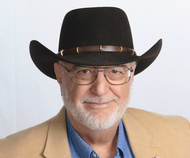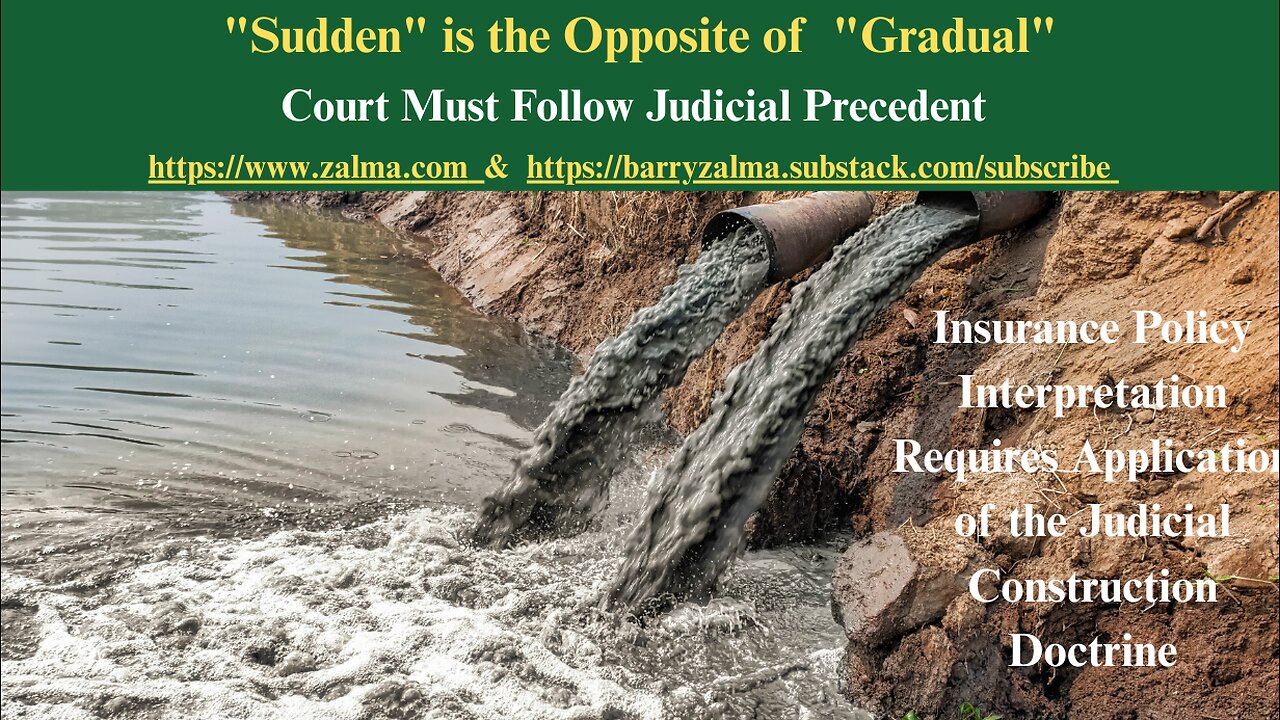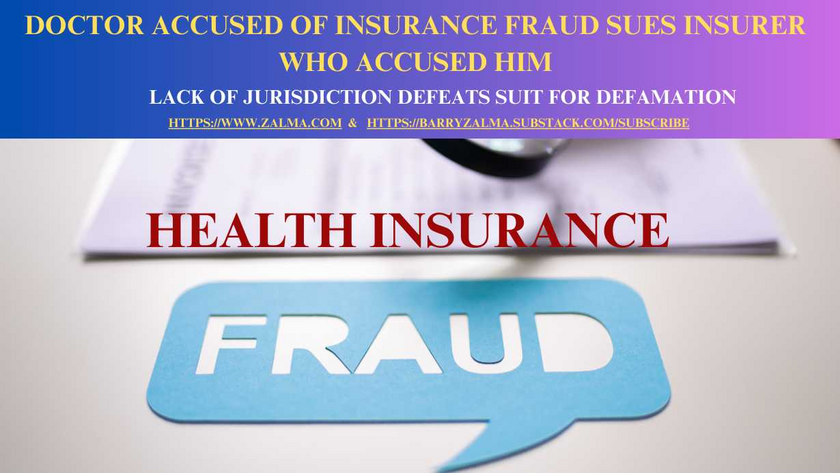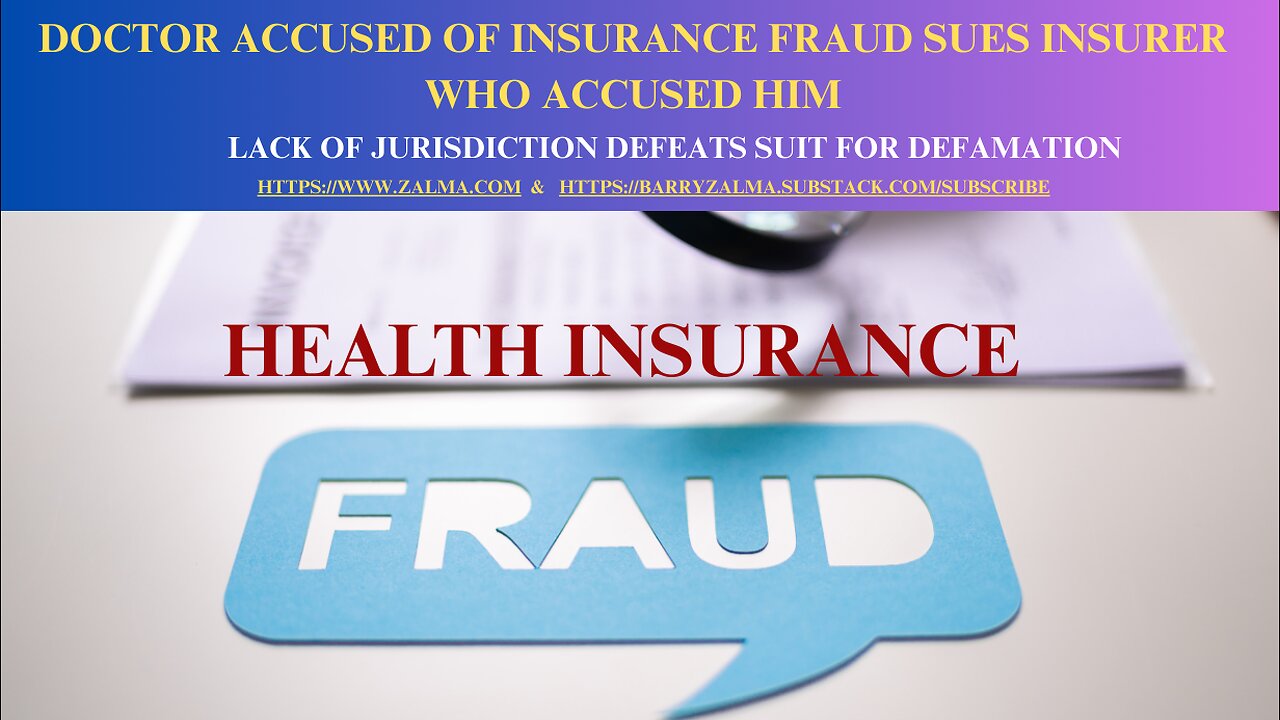
Rescission & The Covenant of Good Faith
Barry Zalma
May 29, 2023
Read the full article at https://lnkd.in/g4bRQPgr and see the full video at https://lnkd.in/gCrfbXNs and at https://lnkd.in/gpGAR8Rj and https://zalma.com/blog plus more than 4500 posts.
The covenant of good faith and fair dealing was first reported in 1766 in the British House of Lords in Carter v. Boehm, S.C. 1 Bl.593, 3 Burr 1906, 11th May 1766, when Lord Mansfield decided against the insurer who claimed he was deceived by the insured because the insurer was not deceived and knew more about the risks than did the insured.
Lord Mansfield noted that the policy broker, who produced the memorandum given by the governor's brother (the plaintiff and insured) to him: and the use made of these instructions was to show that the insurance was made for the benefit of Governor Carter, and to insure him against the taking of the fort by a foreign enemy. The insurer contended that the plaintiff ought to have discovered the weakness and absolute indefensibility of the fort. In this case, as against the insurer, he was obliged to make such a discovery, though he acted for the governor.
Lord Mansfield noted that the special facts, upon which the contingent chance is to be computed lie most commonly in the knowledge of the insured only: the underwriter trusts to his representation and proceeds upon confidence that he does not keep back any circumstance in his knowledge, to mislead the underwriter into a belief that the circumstance does not exist, and to induce him to estimate the risk, as if it did not exist. Keeping back such circumstance is, Lord Mansfield concluded, a fraud. Therefore, the policy is void.
Even if the suppression of material facts should happen through mistake, without any fraudulent intention; yet still the underwriter is deceived, and the policy is void; because the risk run is really different from the risk understood and intended to be run, at the time of the agreement. The policy would equally be void against the underwriter, if he concealed; as, if he insured a ship on her voyage, which he privately knew to be arrived: and an action would lie to recover the premium.
Good faith forbids either party by concealing what he privately knows, to draw the other into a bargain, from his ignorance of that fact, and his believing the contrary.
The policy insured against the risk of the loss for Fort Marlborough, from being destroyed by, taken by, or surrendered unto, any European enemy, between the 1st of October 1759, and 1st of October 1760. It was underwritten on the 9th of May 1760. The underwriter knew at the time, that the policy was to indemnify, to that amount, Roger Carter the Governor of Fort Marlborough, in case the event insured against should happen.
Lord Mansfield noted that the underwriter who knew Carter to be the governor, at the time he took the premium--and the plaintiff proved without contradiction, that the fort was only intended and built with an intent to keep off the country and that the only security against European ships of war, consisted in the difficulty of the entrance and navigation of the river, for want of proper pilots.
That the general state and condition of the said fort, and of the strength thereof, was, in general well known, by most persons conversant or acquainted with Indian affairs, or the state of the Company's factories or settlement; and could not be kept secret or concealed from persons who should endeavor by proper inquiry, to inform themselves.
The computation of the risk depended upon the chance, “whether any European power would attack the place by sea.” If they did, it was incapable of resistance. The underwriter at London, in May 1760, could judge much better of the probability of the contingency, than Governor Carter could at Fort Marlborough, in September 1759. He knew or might know everything which was known at Fort Marlborough in September 1759. The contingency, therefore, which the underwriter insured against is “whether the place would be attacked by an European force; and not whether it would be able to resist such an attack, if the ships could get up the river.”
Lord Mansfield found that there was no imputation upon the governor, as to any intention of fraud. The reason for the rule against concealment is, to prevent fraud and encourage good faith. If the defendant's objections were to prevail, Lord Mansfield concluded, the rule of concealment would be turned into an instrument of fraud.
The underwriter, here, knowing the governor to be acquainted with the state of the place; knowing that he apprehended danger, and must have some ground for his apprehension; being told nothing of either set of facts; signed the policy, without asking a question.
Lord Mansfield found that an ethical underwriter with knowledge of the risks being taken, equal to or better than that of the person insured, could not, in good faith, claim that material facts were concealed from him because utmost good faith required the underwriter to use his superior knowledge to favor the insured.
The attempt at rescission failed but, simultaneously the 1766 decision setting forth the covenant of good faith and fair dealing implied in every contract of insurance has survived to this day as an effective tool for insurers to defeat attempts at insurance fraud. And the “marine rule” first enunciated by Lord Mansfield, that a misrepresentation or concealment of material fact, whether intentionally or innocently made, is a basis for rescission if the underwriter, the risk taker, is deceived.
(c) 2023 Barry Zalma & ClaimSchool, Inc.
Subscribe and receive videos limited to subscribers of Excellence in Claims Handling at locals.com https://zalmaoninsurance.locals.com/subscribe.
Consider subscribing to my publications at substack at https://barryzalma.substack.com/publish/post/107007808
Go to Newsbreak.com https://www.newsbreak.com/@c/1653419?s=01
Barry Zalma, Esq., CFE, is available at http://www.zalma.com and [email protected]
Follow me on LinkedIn: www.linkedin.com/comm/mynetwork/discovery-see-all?usecase=PEOPLE_FOLLOWS&followMember=barry-zalma-esq-cfe-a6b5257
Write to Mr. Zalma at [email protected]; http://www.zalma.com; http://zalma.com/blog; daily articles are published at
Zalma on Insurance
Insurance, insurance claims, insurance law, and insurance fraud .
By Barry Zalma
Go to the podcast Zalma On Insurance at https://podcasters.spotify.com/pod/show/barry-zalma/support; Follow Mr. Zalma on Twitter at https://twitter.com/bzalma; Go to Barry Zalma videos at Rumble.com at https://rumble.com/c/c-262921; Go to Barry Zalma on YouTube- https://www.youtube.com/channel/UCysiZklEtxZsSF9DfC0Expg; https://creators.newsbreak.com/home/content/post; Go to the Insurance Claims Library – https://zalma.com/blog/insurance-claims-library.
Montana County Attorney Admits to Insurance Fraud & Is Only Suspended from Practice for 60 Days
Post 5251
Read the full article at https://lnkd.in/gnBaCjmv, see the video at https://lnkd.in/gfpVsyAd and at https://lnkd.in/gC73Nd8z, and at https://zalma.com/blog plus more than 5250 posts.
A Lawyer Who Commits Insurance Fraud and Pleas to a Lower Charge Only Suspended
In The Matter Of: Naomi R. Leisz, Attorney at Law, No. PR 25-0150, Supreme Court of Montana (December 23, 2025) the Montana Office of Disciplinary Counsel (ODC) filed a formal disciplinary complaint with the Commission on Practice (Commission) against Montana attorney Naomi R. Leisz.
On September 25, 2025, Leisz tendered a conditional admission and affidavit of consent. Leisz acknowledged the material facts of the complaint were true and she had violated the Montana Rules of Professional Conduct as alleged by ODC.
ADMISSIONS
Leisz admitted that in April 2022, her minor son was involved in a car accident in which he hit a power pole. Leisz’s son ...
Montana County Attorney Admits to Insurance Fraud & Is Only Suspended from Practice for 60 Days
Post 5251
Read the full article at https://lnkd.in/gnBaCjmv, see the video at https://lnkd.in/gfpVsyAd and at https://lnkd.in/gC73Nd8z, and at https://zalma.com/blog plus more than 5250 posts.
A Lawyer Who Commits Insurance Fraud and Pleas to a Lower Charge Only Suspended
In The Matter Of: Naomi R. Leisz, Attorney at Law, No. PR 25-0150, Supreme Court of Montana (December 23, 2025) the Montana Office of Disciplinary Counsel (ODC) filed a formal disciplinary complaint with the Commission on Practice (Commission) against Montana attorney Naomi R. Leisz.
On September 25, 2025, Leisz tendered a conditional admission and affidavit of consent. Leisz acknowledged the material facts of the complaint were true and she had violated the Montana Rules of Professional Conduct as alleged by ODC.
ADMISSIONS
Leisz admitted that in April 2022, her minor son was involved in a car accident in which he hit a power pole. Leisz’s son ...
Insurer’s Exclusion for Claims of Assault & Battery is Effective
Post 5250
Read the full article at https://lnkd.in/gBzt2vw9, see the video at https://lnkd.in/gEBBE-e6 and at https://lnkd.in/gk7EcVn9, and at https://zalma.com/blog plus more than 5250 posts.
Bar Fight With Security is an Excluded Assault & Battery
In The Cincinnati Specialty Underwriters Insurance Company v. Mainline Private Security, LLC, et al., Civil Action No. 24-3871, United States District Court, E.D. Pennsylvania (December 16, 2025) two violent attacks occurred in Philadelphia involving young men, Eric Pope (who died) and Rishabh Abhyankar (who suffered catastrophic injuries). Both incidents involved security guards provided by Mainline Private Security, LLC (“Mainline”) at local bars. The estates of the victims sued the attackers, the bars, and Mainline for negligence and assault/battery. The insurer exhausted a special limit and then denied defense or indemnity to Mainline Private Security.
INSURANCE COVERAGE
Mainline had purchased a commercial ...
Court Must Follow Judicial Precedent
Post 5252
Read the full article at https://www.linkedin.com/pulse/sudden-opposite-gradual-barry-zalma-esq-cfe-h7qmc, see the video at and at and at https://zalma.com/blog plus more than 5250 posts.
Insurance Policy Interpretation Requires Application of the Judicial Construction Doctrine
In Montrose Chemical Corporation Of California v. The Superior Court Of Los Angeles County, Canadian Universal Insurance Company, Inc., et al., B335073, Court of Appeal, 337 Cal.Rptr.3d 222 (9/30/2025) the Court of Appeal refused to allow extrinsic evidence to interpret the word “sudden” in qualified pollution exclusions (QPEs) as including gradual but unexpected pollution. The court held that, under controlling California appellate precedent, the term “sudden” in these standard-form exclusions unambiguously includes a temporal element (abruptness) and cannot reasonably be construed to mean ...


Lack of Jurisdiction Defeats Suit for Defamation
Post 5250
Posted on December 29, 2025 by Barry Zalma
See the video at and at
He Who Represents Himself in a Lawsuit has a Fool for a Client
In Pankaj Merchia v. United Healthcare Services, Inc., Civil Action No. 24-2700 (RC), United States District Court, District of Columbia (December 22, 2025)
FACTUAL BACKGROUND
Parties & Claims:
The plaintiff, Pankaj Merchia, is a physician, scientist, engineer, and entrepreneur, proceeding pro se. Merchia sued United Healthcare Services, Inc., a Minnesota-based medical insurance company, for defamation and related claims. The core allegation is that United Healthcare falsely accused Merchia of healthcare fraud, which led to his indictment and arrest in Massachusetts, causing reputational and business harm in the District of Columbia and nationwide.
Underlying Events:
The alleged defamation occurred when United ...


Zalma’s Insurance Fraud Letter
Read the full article at https://lnkd.in/dG829BF6; see the video at https://lnkd.in/dyCggZMZ and at https://lnkd.in/d6a9QdDd.
ZIFL Volume 29, Issue 24
Subscribe to the e-mail Version of ZIFL, it’s Free! https://visitor.r20.constantcontact.com/manage/optin?v=001Gb86hroKqEYVdo-PWnMUkcitKvwMc3HNWiyrn6jw8ERzpnmgU_oNjTrm1U1YGZ7_ay4AZ7_mCLQBKsXokYWFyD_Xo_zMFYUMovVTCgTAs7liC1eR4LsDBrk2zBNDMBPp7Bq0VeAA-SNvk6xgrgl8dNR0BjCMTm_gE7bAycDEHwRXFAoyVjSABkXPPaG2Jb3SEvkeZXRXPDs%3D
Zalma’s Insurance Fraud Letter (ZIFL) continues its 29th year of publication dedicated to those involved in reducing the effect of insurance fraud. ZIFL is published 24 times a year by ClaimSchool and is written by Barry Zalma. It is provided FREE to anyone who visits the site at http://zalma.com/zalmas-insurance-fraud-letter-2/
Zalma’s Insurance Fraud Letter
Merry Christmas & Happy Hannukah
Read the following Articles from the December 15, 2025 issue:
Read the full 19 page issue of ZIFL at ...













